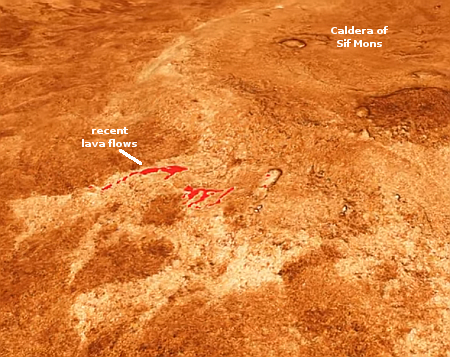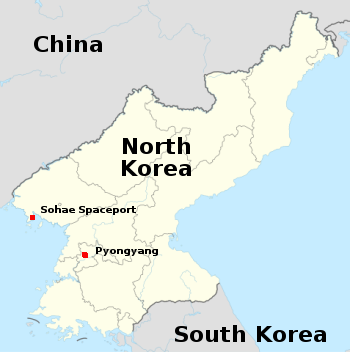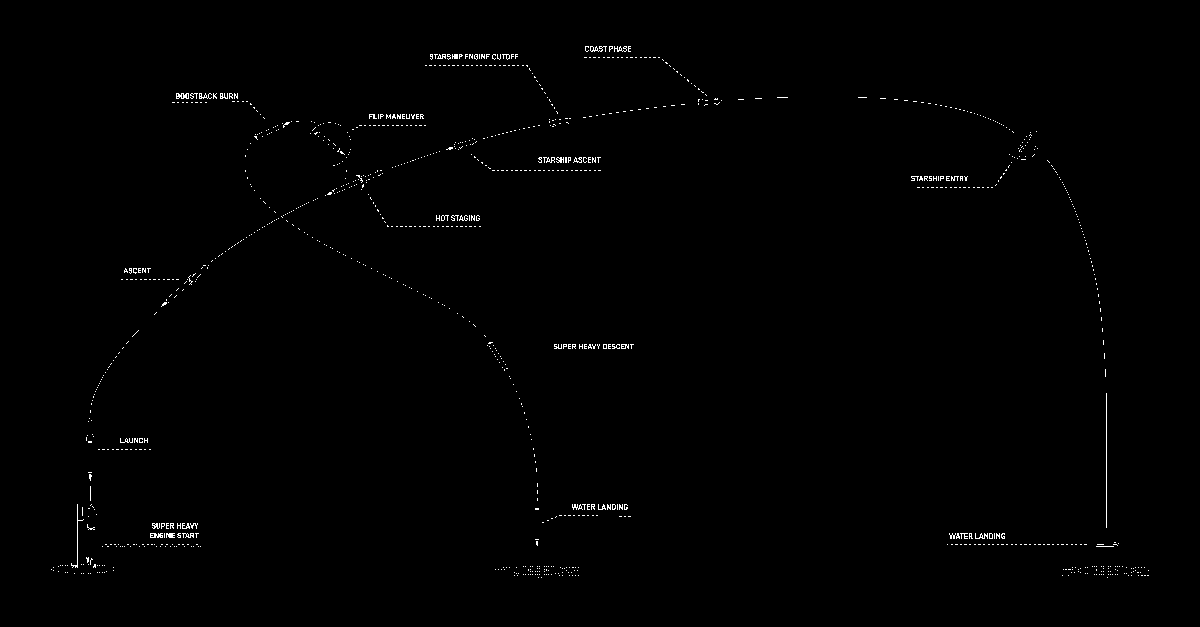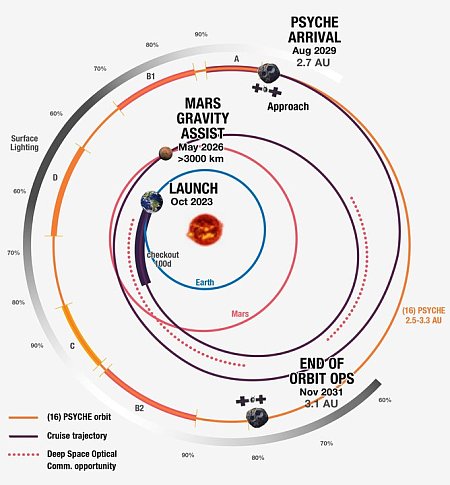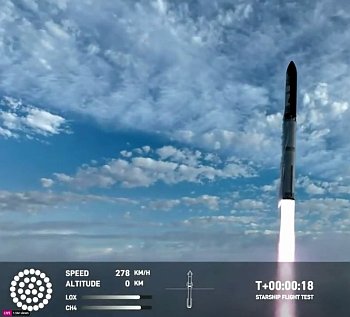Chinese pseudo-company files plans for 10,000 satellite constellation
A Chinese pseudo-company has now filed plans for launching a 10,000 satellite constellation, the third such Chinese constellation planned.
A Chinese firm linked to commercial rocket maker Landspace has filed a notification with the ITU for a constellation comprising 10,000 satellites. Shanghai Lanjian Hongqing Technology Company, also known as Hongqing Technology, filed an Advance Publication Information (API) with the International Telecommunication Union (ITU) May 24. The filing outlines plans for a constellation named Honghu-3. It is to total 10,000 satellites across 160 orbital planes.
…The Honghu constellation plan appears to be the third 10,000-plus satellite megaconstellation planned by Chinese entities. It follows the national Guowang plan and the Shanghai-backed G60 Starlink proposal, both of which have been approved by China’s National Development and Reform Commission (NDRC). First batches of satellites for the pair are expected to launch in the coming months.
This new plan will likely not start launching satellites before 2025. Nonetheless, with these three large Chinese constellations plus both Starlink and Amazon’s Kuiper constellation, low Earth orbit is going to begin to get very crowded.
A Chinese pseudo-company has now filed plans for launching a 10,000 satellite constellation, the third such Chinese constellation planned.
A Chinese firm linked to commercial rocket maker Landspace has filed a notification with the ITU for a constellation comprising 10,000 satellites. Shanghai Lanjian Hongqing Technology Company, also known as Hongqing Technology, filed an Advance Publication Information (API) with the International Telecommunication Union (ITU) May 24. The filing outlines plans for a constellation named Honghu-3. It is to total 10,000 satellites across 160 orbital planes.
…The Honghu constellation plan appears to be the third 10,000-plus satellite megaconstellation planned by Chinese entities. It follows the national Guowang plan and the Shanghai-backed G60 Starlink proposal, both of which have been approved by China’s National Development and Reform Commission (NDRC). First batches of satellites for the pair are expected to launch in the coming months.
This new plan will likely not start launching satellites before 2025. Nonetheless, with these three large Chinese constellations plus both Starlink and Amazon’s Kuiper constellation, low Earth orbit is going to begin to get very crowded.


